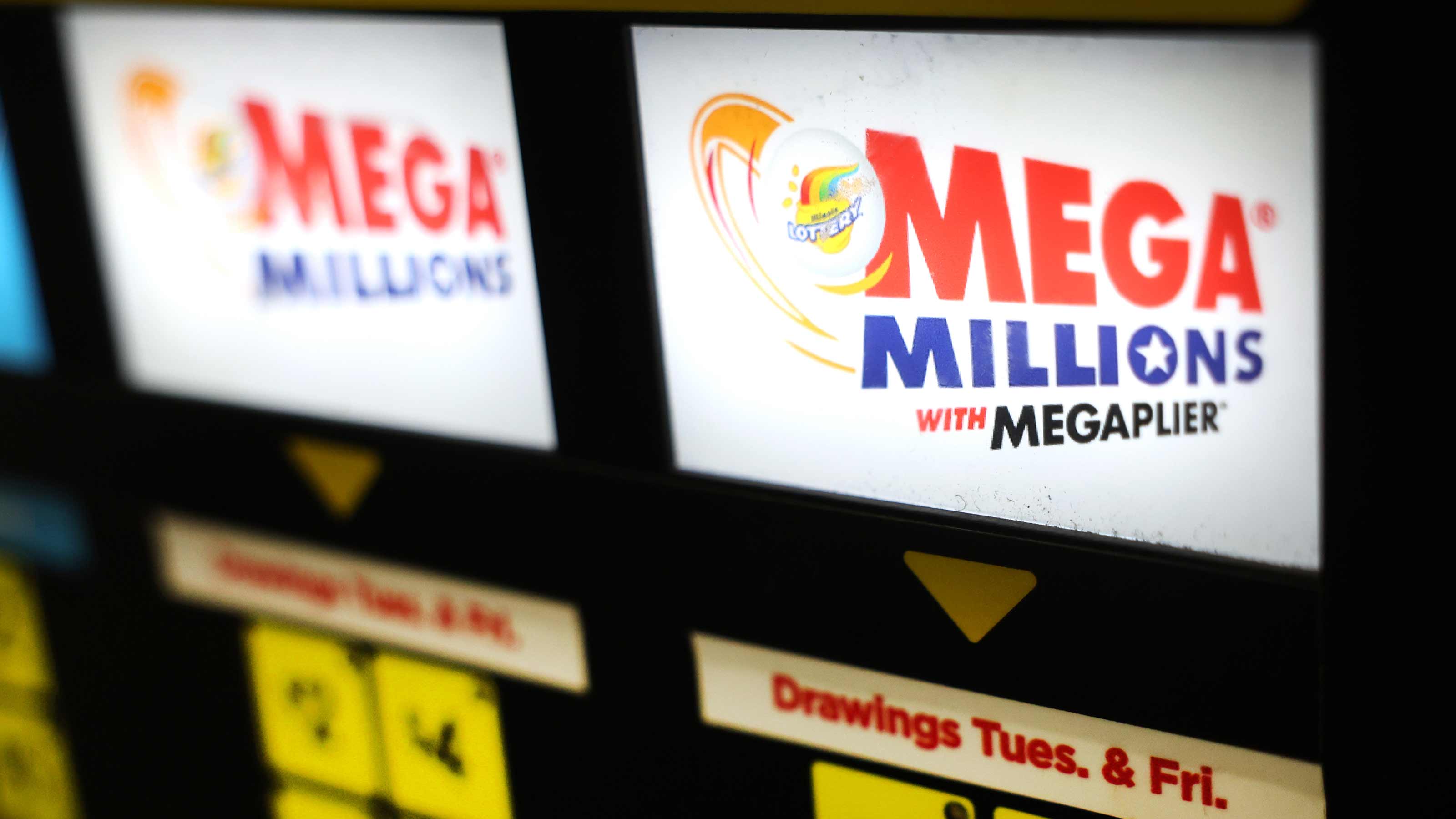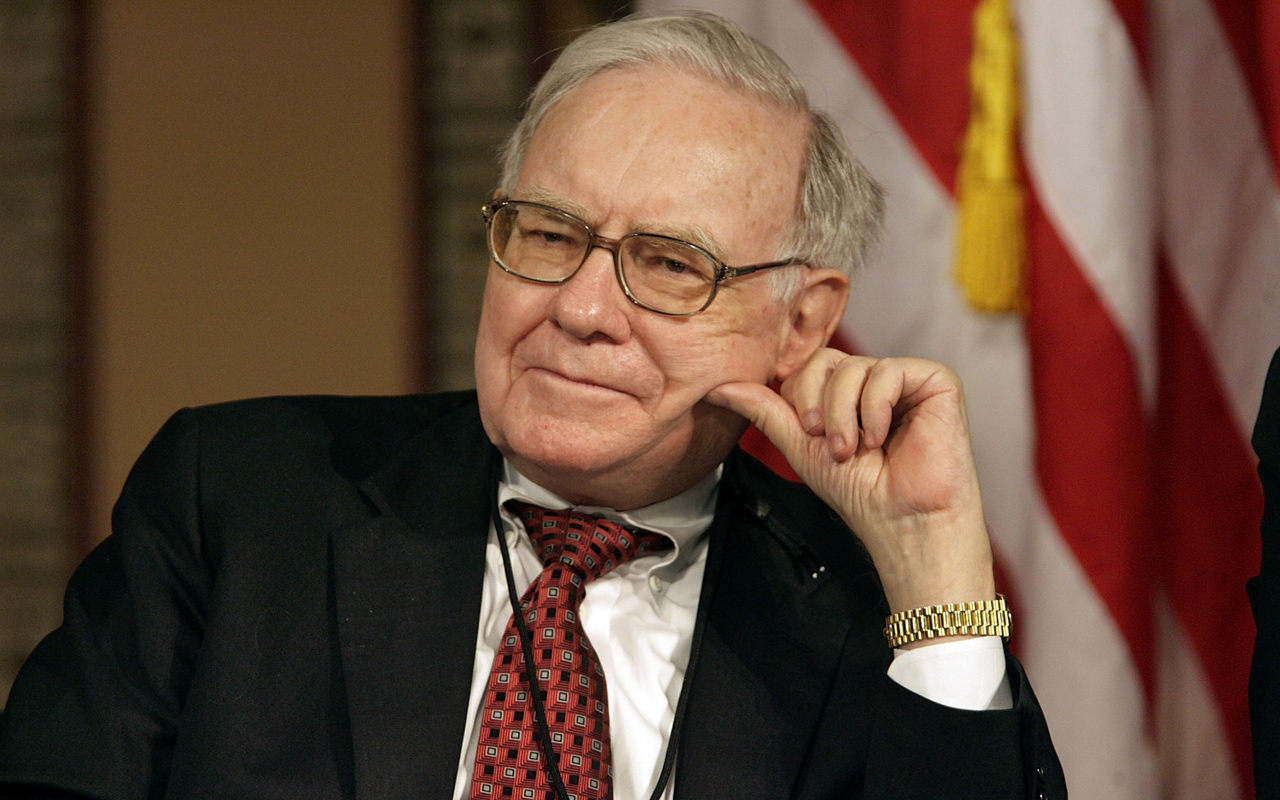When Inertia Pays Off
Many companies will raise your annual retirement contribution for you--no need to lift a finger.

I don’t have to tell you, especially if you’re reading this poolside with a cool drink nearby, that summer is a great time for doing nothing. Turns out Americans—humans, really—are pretty good at that. So behavioral experts have pushed 401(k) plan sponsors to use inertia to our benefit. Make saving effortless, the argument goes, and more people will save. Guess what? It’s working.
Vanguard, the giant investment firm, manages more than $570 billion in 401(k) and equivalent employer-sponsored retirement plans. An analysis of the plans in 2013 found that when enrollment was automatic, 82% of workers participated (employees can opt out if they wish). When employees had to sign up for the plans on their own, only 65% participated.
Automated saving has a downside, however. Vanguard reports that investors who were automatically enrolled in their employer’s savings plan set aside 4.9% of their salary, on average, annually. But those who enrolled on their own shoveled away 7.5%. Fidelity Investments found almost identical averages at the plans in its shop during the first quarter.
From just $107.88 $24.99 for Kiplinger Personal Finance
Become a smarter, better informed investor. Subscribe from just $107.88 $24.99, plus get up to 4 Special Issues

Sign up for Kiplinger’s Free Newsletters
Profit and prosper with the best of expert advice on investing, taxes, retirement, personal finance and more - straight to your e-mail.
Profit and prosper with the best of expert advice - straight to your e-mail.
The problem with automatic enrollment is that workers may start out at dangerously low savings rates, and in this case the power of inertia works against them. Fidelity reports that 73% of employers that automatically sweep employees into a savings plan enroll them at a default rate of 3% of salary or less. Even accounting for employer contributions, these workers could be well short of what they should be saving. Of course, they can always set aside more. But many believe their employers endorse the default savings rate, and that can compound their inertia. “Default rates are sticky,” says Jean Young, senior research analyst in Vanguard’s Center for Retirement Research.
Many companies will raise your annual contribution rate for you—again, no need to lift a finger (although you might have to sign up at the beginning). Such plans typically escalate your savings rate by 1% of your salary per year, up to a cap of, say, 6%. About 20% of plan participants at Fidelity increased their savings rate in the past 12 months, and more than one-third of the increases were automatic. Half of the increases young workers made were due to automatic-escalation programs.
Upward trend. Still, for many savers (especially those who got a late start or who have no other retirement savings) such nudges might not be enough, says UCLA professor and behavioral finance guru Shlomo Benartzi. It’s generally recommended that savers put away 10% to 15% of their income, including any employer match. “Everyone should look at the default rate and think about whether they should do more,” says Benartzi. “At the same time, employers should be more proactive about suggesting that people go beyond the default.” He sees default rates increasing at corporate plans, for both initial savings and annual increases. “The trend is in the right direction,” he says.
Automating can pay off in areas besides retirement. You can shave 0.25 percentage point off the interest rate on your federal student loans by having your payments electronically debited. Wells Fargo and other private student-loan lenders offer the same 0.25-point rate reduction. And almost all major car insurers will give you a discount for paperless billing or automatic payments. For instance, Allstate’s Easy Pay Plan will discount your premium by 2% to 7% (depending on your state) if you pay via automatic withdrawals from your bank account. Auto-pay six months’ worth of premiums at a time and you’ll save 5% to 13%.
So go ahead, relax. As long as you set the right course, parts of your financial life will do fine on autopilot.
Anne Kates Smith is a senior editor at Kiplinger’s Personal Finance magazine.
Profit and prosper with the best of Kiplinger's advice on investing, taxes, retirement, personal finance and much more. Delivered daily. Enter your email in the box and click Sign Me Up.

Anne Kates Smith brings Wall Street to Main Street, with decades of experience covering investments and personal finance for real people trying to navigate fast-changing markets, preserve financial security or plan for the future. She oversees the magazine's investing coverage, authors Kiplinger’s biannual stock-market outlooks and writes the "Your Mind and Your Money" column, a take on behavioral finance and how investors can get out of their own way. Smith began her journalism career as a writer and columnist for USA Today. Prior to joining Kiplinger, she was a senior editor at U.S. News & World Report and a contributing columnist for TheStreet. Smith is a graduate of St. John's College in Annapolis, Md., the third-oldest college in America.
-
 Is Home Insurance Tax Deductible?
Is Home Insurance Tax Deductible?With home insurance rates on the rise, you might be hoping to at least claim the cost as a tax deduction. Here's what you need to know ahead of tax season.
-
 The December Jobs Report Is Out. Here's What It Means for the Next Fed Meeting
The December Jobs Report Is Out. Here's What It Means for the Next Fed MeetingThe December jobs report signaled a sluggish labor market, but it's not weak enough for the Fed to cut rates later this month.
-
 Trump Signals Plan to Ban Institutional Investors From Buying Single-Family Homes
Trump Signals Plan to Ban Institutional Investors From Buying Single-Family HomesThe president says the move could improve housing affordability. Here’s what the data shows about investor ownership, recent buying trends and what it could mean for homebuyers.
-
 How I'm Going to Invest My Mega Millions Lottery Jackpot
How I'm Going to Invest My Mega Millions Lottery JackpotThe odds of winning the Mega Millions lottery are effectively zero, but here's how I'm investing my fortune should I hit the jackpot.
-
 Four Random Facts and Thoughts About Warren Buffett
Four Random Facts and Thoughts About Warren BuffettIf I love Warren Buffett so much why don't I just marry him?
-
 Investing in Gold Is Dumb
Investing in Gold Is DumbStocks are better than gold for both generating wealth and offering protection against inflation.
-
 What's So Scary About a Mega-Cap Tech Bull Market?
What's So Scary About a Mega-Cap Tech Bull Market?Bears say the market can't keep rallying when only five mega-cap tech stocks are driving returns, but history suggests otherwise.
-
 We Are Not in a Bull Market
We Are Not in a Bull MarketIt takes more than a 20% gain off the low to proclaim the beginning of a new bull market.
-
 Why I Don't Buy Stocks
Why I Don't Buy StocksIt's nearly impossible to beat the market – but it is cheap and easy to match it.
-
 Amy Domini on the Secrets of Sustainable Investing
Amy Domini on the Secrets of Sustainable InvestingESG An ESG pioneer says finding good corporate citizens is the best way to make money.
-
 New Ways to Invest in Bitcoin
New Ways to Invest in BitcoinBecoming an Investor ProShares Bitcoin Strategy and other ETFs offer an easier way to gain bitcoin exposure than buying the actual cryptocurrency.